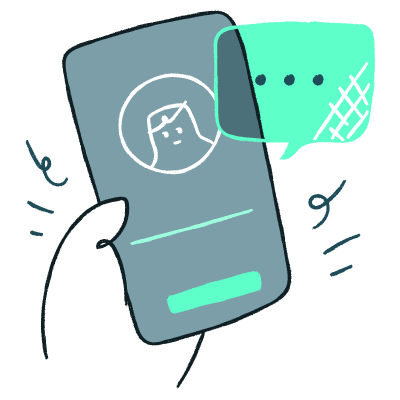Foreword
In the midst of the COVID-19 pandemic, hundreds of millions of people have suddenly had to adjust to working remotely, often with no more than a day or two to prepare. Not all companies have responded well. An internal memo sent out by management to Wall Street Journal employees, for example, recently drew a lot of criticism on Twitter. In case you didn’t see it, the memo tells employees to “respond in just a few minutes from a Slack or Google Hangout message” and “keep your phone’s ringer on … now is not the time to screen calls.”
That’s really not the best way to manage remote work. Especially, when you’re remote, people need the freedom to work asynchronously so they can manage their time to be the most productive.
We should know. I’ve been working remotely since 2007, and OpenCraft, itself, has always been a remote-first company, with employees working not just in different states, but in different countries. Even more, we value an open and transparent culture, as our entire company and core values are built upon open source principles.
OpenCraft is proud of our remote-first culture, and we know it's an effective and productive way to run a company for the long term. And since it doesn’t seem likely that most people will be heading back to an office any time soon, we thought it might be helpful to share a bit about our experience.
Pros of Remote Work
Obviously, we believe the pros outweigh the cons by a huge margin.
For employers, having a remote workforce means less overhead, because you don’t need to invest in office space, furniture or other necessities of a physical location. Plus, it allows you to access a global talent pool instead of just the folks who live within a reasonable commute to your office.
For employees, it eliminates the time spent commuting, which is huge. Plus you reduce emissions and spend less money on gas or public transit.
You can completely control your own work environment, and, if you don’t want to work from home, you can choose to work somewhere else, like a coffee shop or the library (though certainly not during a pandemic). You can cook lunch, which is especially helpful for people with special dietary needs, and if you need to run a quick errand or let a repair specialist into your house, it’s no big deal.
Cons of remote work
There are also cons to consider. For those employers who have a nationally or internationally dispersed workforce, you’ll need to stay abreast of tax and labor laws for each employee’s state and country.
Individuals may also feel isolated and can have trouble setting work/life boundaries. While the misconceptions about remote work are that people will be distracted or less productive, the truth is you have to take extra care not to over work. It’s very easy to continue working long past a typical quitting time because your office is just a few steps away from your home life. In a snap you could work a 12-hour day, which we don’t encourage at OpenCraft.
It takes extra work to build a strong, remote culture. Without everyone together in the office every day, building strong ties between teammates requires creativity and a dedicated effort -- it doesn’t just happen on its own.
To help offset this potential issue, we place strong emphasis on clear and concise writing and communication. We also foster complete transparency across our entire company. All of our work communications are open for the entire company to see. We don’t hide behind direct messages. This approach turns out to be very useful. Frequently, we'll have someone jump into an open discussion and provide useful information and context - this couldn't happen if our work conversations were private.
There are other ways to overcome these challenges. Here are a few tips for both employers and teams to make remote work successful.
Invest in project management and communications platforms
Certainly, there are Agile experts who strongly recommend having all developers work in the same space, but we’ve been working remotely for years and have successfully operated on a model of two-week work sprints. The key is to find a platform for managing agile software development and tasks that works best for your culture and environment. Commit to strong usage within the company, train everyone thoroughly and ensure that everyone uses it daily.
At OpenCraft, we use Atlassian’s Jira to manage daily work, but there are plenty of options on the market. Some are lightweight, providing very simple task management, while others include chat rooms, document storage and complex to-do lists with dependencies. Whatever platform you choose, make sure everyone documents their work so that others can easily provide support or pick up where their colleagues left off.
Trust your employees
Give your employees the freedom to work as it best suits them. Do not expect them to be always on, always available, and ready to text or chat back at the drop of a hat. That’s a recipe for burnout and implies a lack of trust on the part of leadership.
In addition to trusting our team, we work asynchronously because we appreciate a deep and thoughtful approach to work that goes uninterrupted for long stints of time -- and also because our team is dispersed across multiple time zones.
Coding is a creative activity. Developers need long stretches of uninterrupted time to focus in order to do good work. If they’re constantly getting pinged and checking Slack, Skype IMs or email, they’ll never get anything done.
This doesn’t mean people aren’t held accountable. It’s critical to make sure team members get their work done on time. But let your employees figure out what works best for them to accomplish that.
Set clear boundaries - and stick to them!
By now, almost everyone has seen the video of Professor Robert Kelly’s 2017 live interview. His toddler swaggers into the room, followed by a baby in a walker and their mother, Jung-a Kim, who heroically wrangles them out of the room.
Find a space in your house or a coworking site where you can work privately. If you have a home office, make sure those who share your living space — whether it’s family or roommates — understand that when you are working, they should only disturb you if it’s an emergency.
Set boundaries for yourself, as well. When your work shares your living space, it can feel like you never really go home. Set a schedule and hold yourself to it.
Manage and identify isolation
It feels ironic to talk about isolation right now, when everyone is working to social distance themselves from others. We see the memes and social media posts about people stuck in the house with no immediate plans to head to dinner or a movie. But isolation and loneliness can be a key issue when working remotely.
In the short-term, this probably won’t be an issue. However, as the weeks and months of working remotely pass, you may find yourself feeling lonely. Set aside time to chat with your colleagues about stuff other than work, and make time to get out of the house (only if you’re not on pandemic lockdown, of course).
There’s nothing wrong with going out to lunch with a friend or taking the dog for a walk in the middle of the day with a neighbor (not during a pandemic). Even introverts need human interaction. If you’re working without office mates physically by your side, you’ll want to make a conscious effort to engage with people 1:1 and in person.
For many employees worldwide, once the pandemic passes, work may go back to the office. But it may not. We suspect that many organizations will stick with the remote model as they will see strong productivity gains and employees will welcome the flexibility. The advantages are just too great and, with just a little extra work and thought, the disadvantages can be easily overcome.
Have a great way that your team works remote? Or have more questions about how to make this transition? Contact us, we’d love to hear from you.
Header photo by Tim Trad on Unsplash



